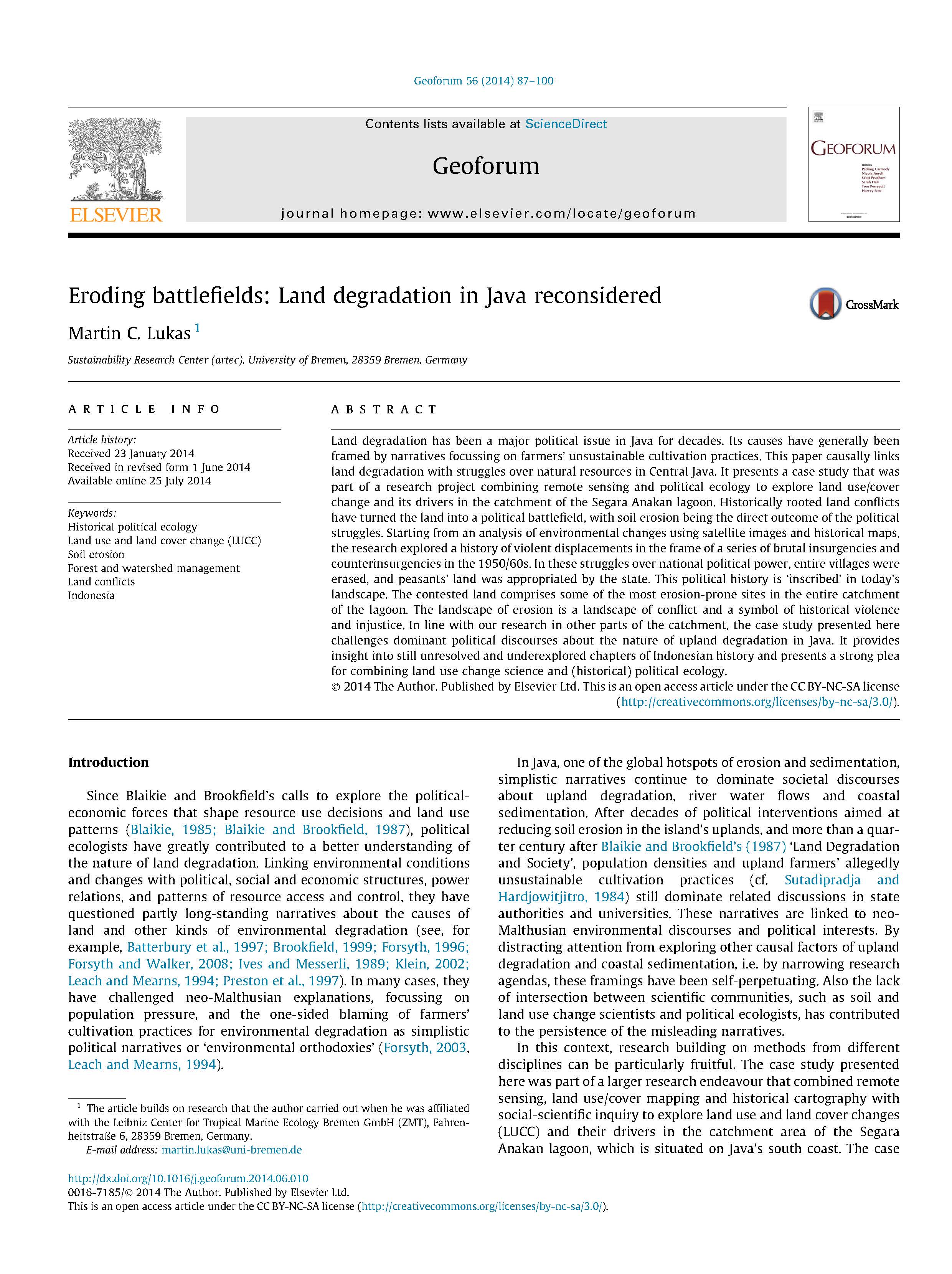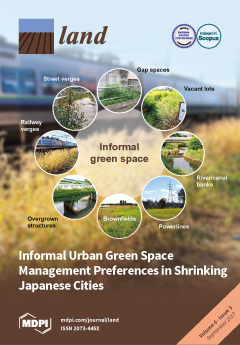Application of remote sensing techniques in wildlife management
Application of the satellite remote sensing techniques to wildlife research began from discernment of the individual animal and/or evaluation of animal behavior from the photography experiments. Satellite remote sensing to wildlife research at the present has applied for the purpose of evaluating the animal habitat. Trends in satellite remote sensing for wildlife are evaluating the index of wildlife habitat and estimating relationship with an environmental variables and animal distribution.




